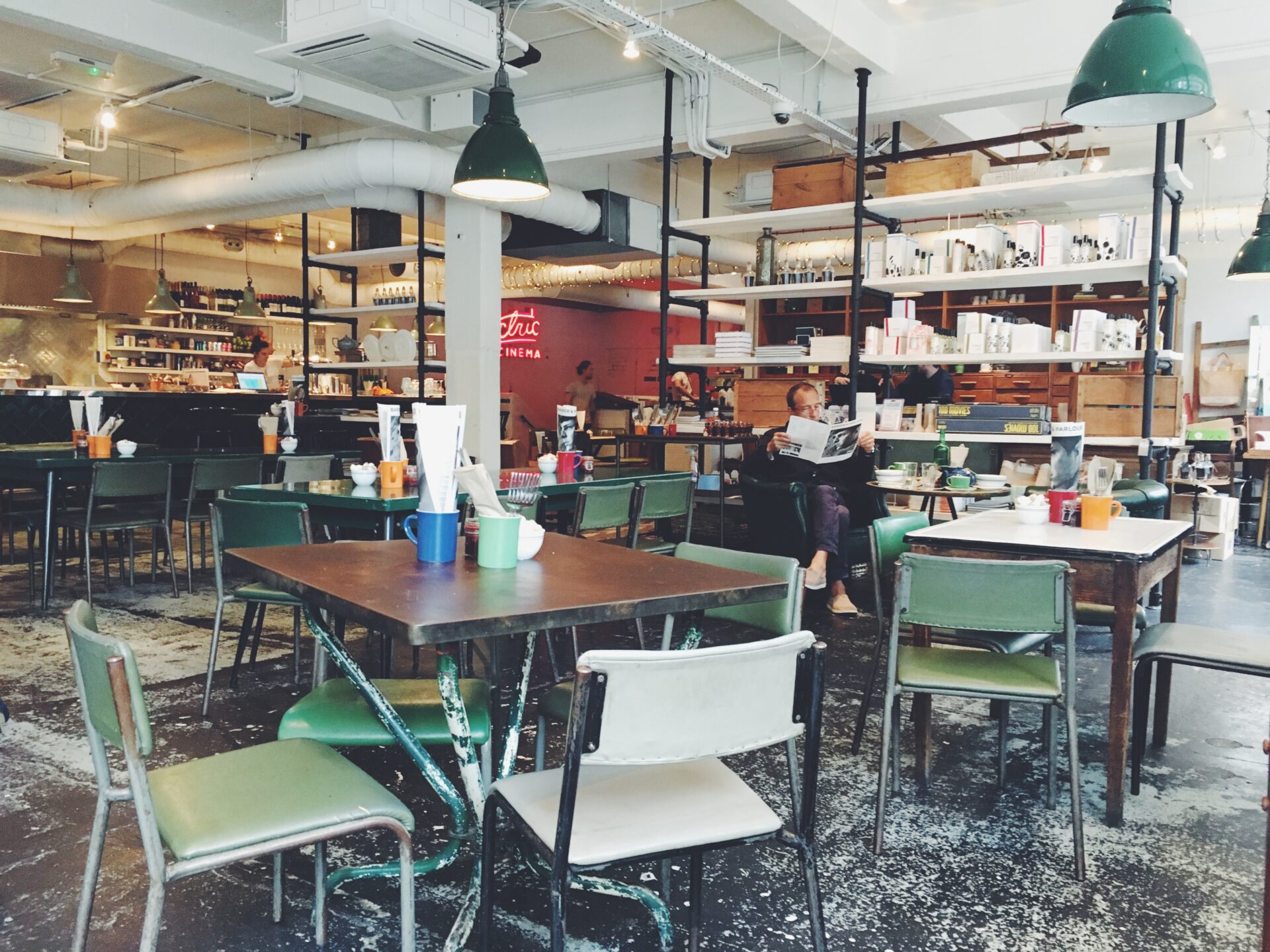
After speaking to a number of London restaurants, bars and cafés in September, mayor Sadiq Khan expressed that many are “as worried about the looming crisis as they were about the effect of the pandemic on business”. And they were right to be worried.
Six months later and the combination of rocketing food and supply chain costs, customers’ disposable income being hit and increased business expenses have put the hospitality sector in a rather troublesome situation. A huge rise in energy costs, as well as a spike in the price of smaller items such as napkins and paper for menus, has meant many outlets are having to pass on these increased costs to the customer, resulting in higher prices on menus.
Many businesses have restructured their models to address the crisis, with varying success. Popular approaches include prioritising plant-based ingredients, introducing set menus to reduce waste and altering opening hours to save on energy costs.
Generational differences in dining preferences
Despite the difficulties that the industry is confronting, there has been a steady rise year-on-year in the number of consumers opting to eat out, as delivery declines and the experience economy persists.
This year, smaller establishments like cafés, where the cost per serving is lower, have experienced the most significant increase in orders and visits, driven primarily by gen z and millennials, who spend an average of just over £15 per visit, the highest of any age group. Meanwhile, older audiences are contributing to the recent growth in restaurant visits due to their higher disposable income meaning they can spend on more expensive dining experiences.
Nevertheless, data from our leading Gen Z insight tracker, State of the Youth Nation, reveals that younger audiences have desired to eat out at fast food or restaurants more frequently in their free time since April of last year. This suggests that outlets have the potential to attract a more extensive range of audiences.
Data from BrandVue Eating Out, our syndicated brand tracker, reveals what fundamental factors are driving the uptake and what brands can do to capitalise on this:
-
Less is more
Due to supply chain challenges and a shortage of workers, outlets can maintain profitability by offering shorter set menus. This approach reduces food waste while allowing chains to focus more on the quality of the dishes they offer, as well as simplifying the decision-making process for customers.
As a result of the labour shortage, some businesses have had to hire inexperienced staff, which has contributed to a decline in service ratings and advocacy. The move to a more focused menu can take pressure off food services, making staffing issues easier to manage and allowing for a more tailored and carefully curated customer experience that doesn’t break the bank.
Wahaca bucked this trend by prioritising food quality, resulting in year-on-year growth in advocacy. During 2022, the Mexican chain outperformed its competitors, with customers’ perceptions of the ‘freshness of the food’ and ‘quality of ingredients’ rising above those of its rivals.
-
Going local
With more businesses unable to purchase produce from abroad because of volatile prices, they will have to turn to locally sourced ingredients to create their menus rather than relying on imported goods. Here, plant-based ingredients and sustainability initiatives are key, as an increasing number of consumers are becoming flexitarian and reducing their meat consumption. In the last four years, the number of consumers with no dietary requirements has reduced from 80% to 64%.
Pivoting strategies and focusing on local sourcing, sustainability and plant-based ingredients can help businesses remain profitable and appeal to changing consumer preferences.
-
Ambience is king
Atmosphere and ambience remain one of the most popular reasons to visit a brand year-on-year according to BrandVue. In this metric, The Ivy reigns, however, less costly alternatives such as Turtle Bay and drinks venues The Alchemist and Cosy Club are also high on the list.
Atmosphere can come in a variety of forms and doesn’t need to rely on a costly re-brand. Inexpensive changes such as investing in the knowledge and friendliness of staff can also impact customer experience, ensuring they leave with smiles on their faces.
In summary
To survive the ongoing crisis, brands in the hospitality sector may have to make numerous sacrifices. However, these compromises can be turned into advantages, provided that customer experience remains the primary focus of decision-making.





